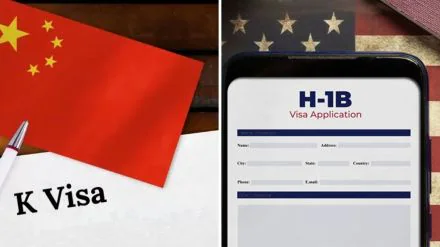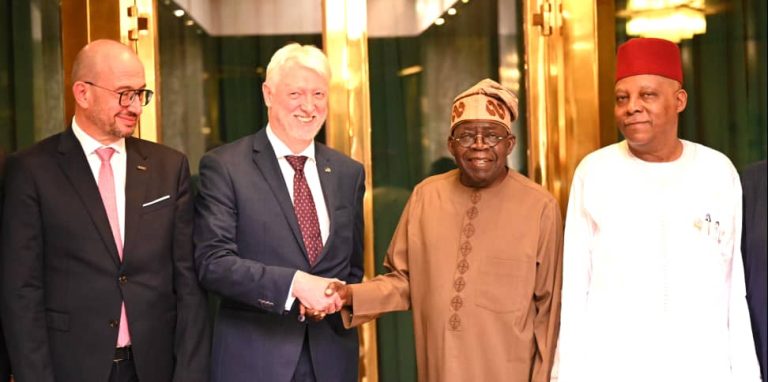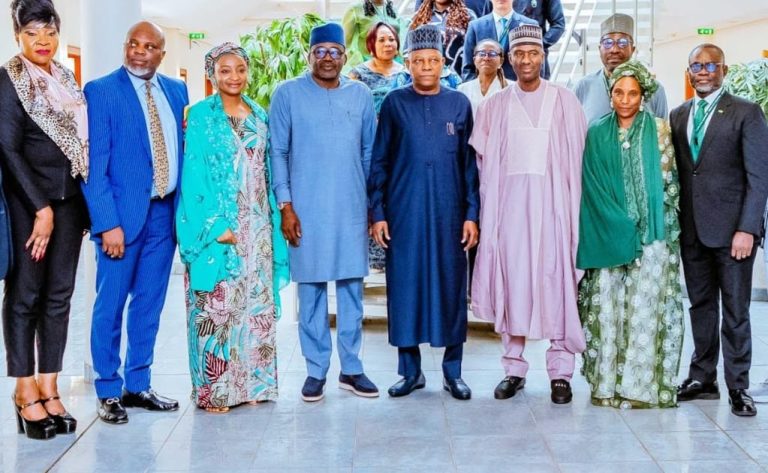
China has unveiled a new K-visa designed to attract foreign technology professionals, in a strategic bid to compete with the United States in the global race for innovation and skilled talent.
The K-visa, launched last month, is part of Beijing’s broader push to strengthen its technological edge and address critical skills shortages at home. Analysts note the policy comes at a time of heightened uncertainty around the U.S. H-1B program, which has tightened under former President Donald Trump.
“China’s K-visa is effectively an equivalent to the U.S. H-1B,” said Srinivasagopalan, who has long been interested in China’s work culture. “It is a good option for people like me to gain international experience.”
Unlike the existing R-visa, which requires a confirmed job offer, the K-visa relaxes entry requirements, allowing applicants to apply even without a prearranged position.
In contrast, rising H-1B visa fees in the U.S., now reaching $100,000 for new applicants, have deterred many international students and professionals.
“Students studying in the U.S. hoped for an H-1B visa, but current policies are making it difficult,” said Bikash Kali Das, an Indian master’s student at Sichuan University.
China’s Communist Party has prioritized global leadership in advanced technologies, investing heavily in AI, semiconductors, and robotics. Observers say Beijing sees U.S. immigration tightening as an opportunity to position itself as a welcoming hub for foreign talent and investment.
Despite high unemployment among Chinese graduates—nearly 18% of jobseekers aged 16–24 are out of work—the government argues the K-visa is critical to filling skill gaps.
For decades, China has suffered a “brain drain,” with top graduates remaining in the U.S. and Europe. That trend is now shifting, with Chinese-American professionals and leading scientists increasingly returning to China.
This year, Fei Su, a chip architect at Intel, and Ming Zhou, a senior engineer at Altair, accepted teaching positions in China.
Interest in the K-visa is growing beyond China. “Many skilled workers from India and Southeast Asia have already expressed interest,” said Edward Hu, immigration director at Newland Chase, Shanghai.
However, not all reactions have been positive. Zhou Xinying, a 24-year-old postgraduate student at Zhejiang University, noted that while foreign professionals could advance new technologies, local jobseekers might feel increased pressure.
Kyle Huang, a software engineer in Guangzhou, expressed similar concerns, warning the visa “might threaten local job opportunities.”
State-backed outlet Shanghai Observer defended the policy, highlighting that China’s technological sectors, such as AI and cutting-edge semiconductors, face a mismatch between available talent and industry demand.
The commentary argued the K-visa would ultimately strengthen China’s economy by bridging this gap.
As China seeks to become a global innovation hub, the K-visa signals the country’s determination to attract top talent, even amid domestic employment challenges.



